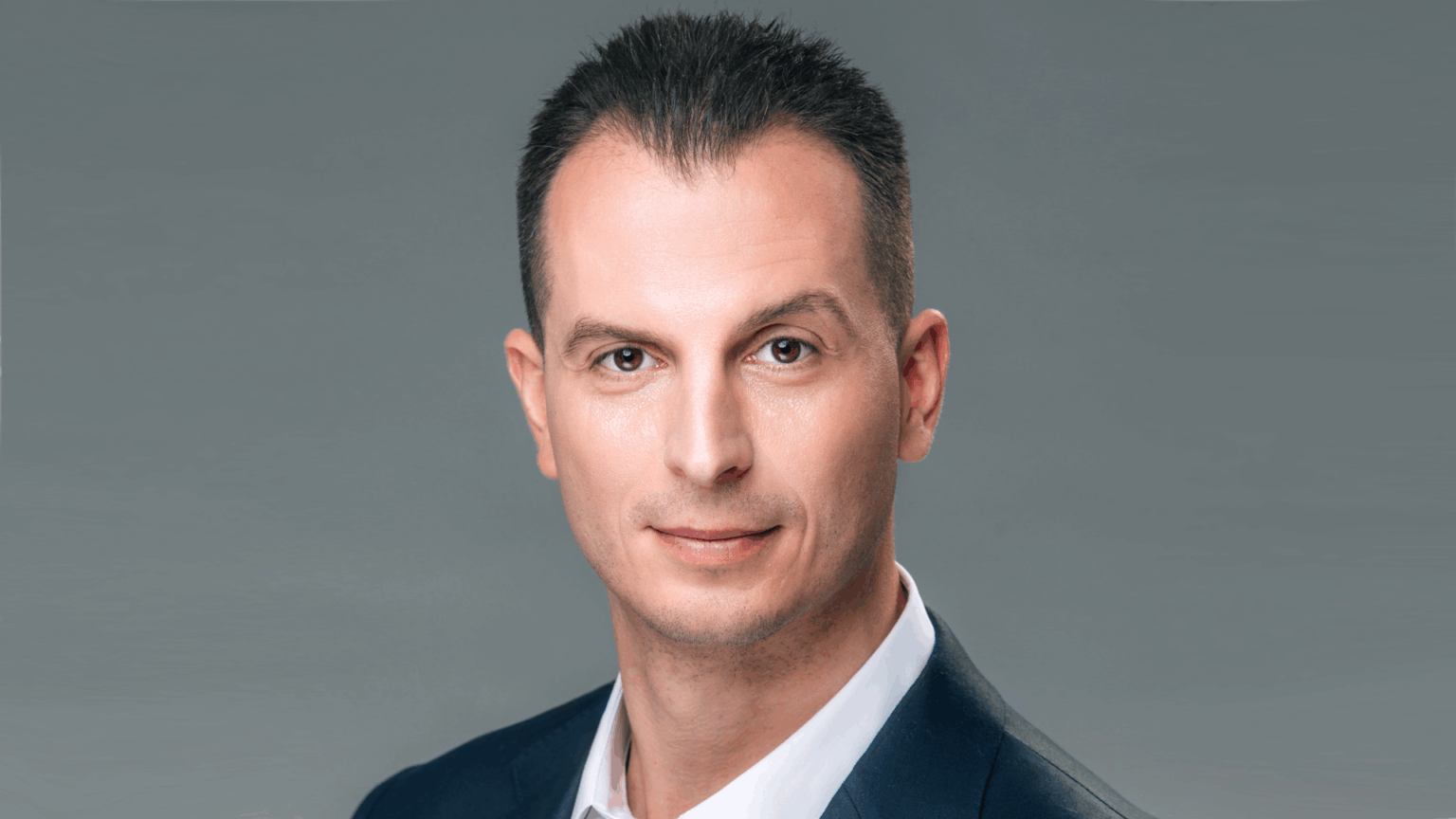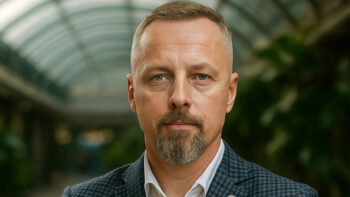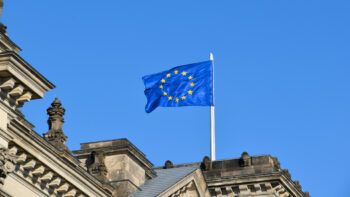Bartosz Martyka: What are the biggest challenges for the distribution market in Poland at the moment?
Dominik Kaczmarek, CEO of Komsa Polska:
Factors currently affecting the distribution market in Poland, among others, relate primarily to the phenomena of a radical increase in the cost of money (~4x YoY), hr cost, freight. In addition, the slowdown in growth dynamics translates into an increase in the turnover of goods and the spectre of uncertainty in the coming periods, the effects of which are hard to predict. Supply chains are returning to normal, we are now noticing only spotty problems in order fulfilment, however, the scale is clearly smaller than in periods of the last two years.
This “cocktail” means that the cost burden, the operational burden of distributors is increasing, which, with very moderate possibilities of compensation (margin, terms and conditions with vendors, customers) clearly affects the profitability of the business. Adapting to the volatility of conditions and planning properly for the future is the biggest challenge today.
How is ICT distribution affected by the fact that the e-commerce market is growing rapidly internationally?
The e-commerce channel, further strengthened during lockdown periods, is a clear part of the market architecture. Which, of course, does not change the fact that it is susceptible to growth adjustments relative to earlier periods. Convenience of access to products, changing social habits and increasingly automated and efficient delivery and return models will, in my opinion, strengthen the growth trend of this sales channel in the long term. The international reach of e-commerce can be at odds with the local policies of the vendors in question, and developments in this area are also not obvious.
What are the directions of development for KOMSA Polska? What are the priorities of the company?
KOMSA’s goal, in addition to further development of the company in terms of its market exposure, at the level of customers and suppliers, remains to protect profitability. Our activities are focused on an optimal mix of sales channels and vendors. The company’s intention is not to indiscriminately focus on gaining market share, but to consciously allocate resources. In the next year, we will continue, among other things, to build the Commercial Resellers and Solutions channels, investing in sales automation, a DaaS project. In the activities undertaken, we want to be personally present in the relations with customers and vendors, we are keen to maintain the expected responsiveness of the teams and to provide real support in building joint success.
What is the significance for the Polish KOMSA branch of the company’s merger with Westcoast and the Group’s development in western markets?
The prospective merger of KOMSA with Westcoast will create a new development perspective for the group, within the theatre of distribution operations in the European market and the strengthening of competences. Ultimately, this will of course translate into local growth opportunities, which we intend to exploit in our own time.
How would you sum up the year just ended? What have the events and issues of 2022 taught Polish business?
The last three years have been a real rollercoaster. In addition, this year has an unprecedented overlap, in addition to the continuation of the COVID period, the problems caused by the war in Ukraine and the effects of the raw material-related policies that have been in place for years. The whole mix translates into Poland to a very significant degree. We live in times of uncertainty, of global improvisation. As the last three years have shown, as international societies we have passed the test. We have coped with a period of lockdowns, we are coping with the aftermath of war. We are rebuilding the energy and military security doctrines of States. The extent of the changes taking place on a local, European, global scale is creating a new reality for us all. What will be its final results? We shall see.
In the period 2020-2021 we saw double-digit increases, shortage, low turnover, the market was warmed up, this had a relaxing effect on the market. In 2022 there was a deceleration, slope issues returned, operating costs increased, also multifaceted pressures increased in distribution among others – there was a brutal ‘wake-up call’. Thinking about the lessons learned from the current year, I would summarise it as follows: We need to be ready for the volatility of the environment, not neglect continuous cost and process optimisation, react dynamically to the variability encountered and carefully plan the allocation of resources in the future.












